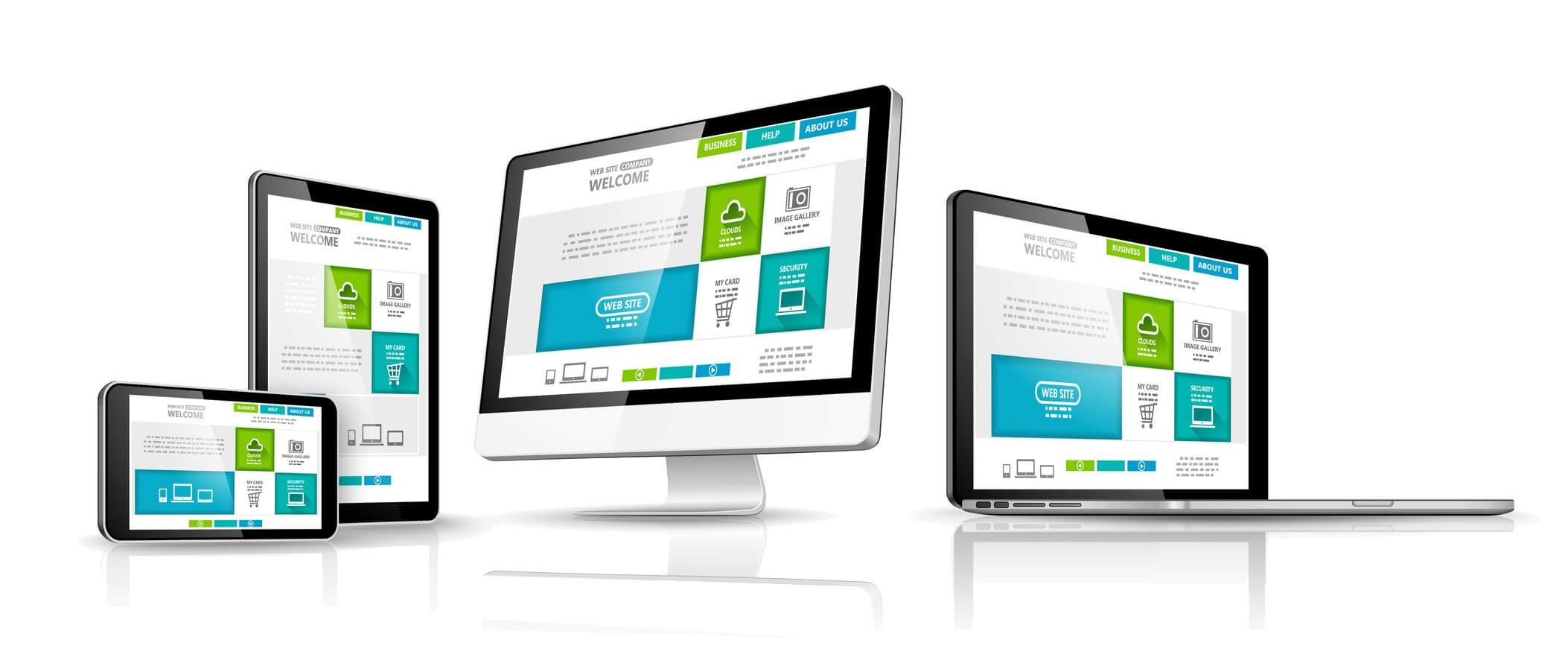From Visuals and Search Rankings: Elevating Your Site Layout using Search Engine Optimization

In the current online environment, possessing a striking website is merely the start of a successful digital footprint. As businesses strive to attract and keep customers, the blend of web design and SEO has never been more critical. A aesthetically appealing website can grab interest, but without the right SEO tactics in effect, it may struggle to gain visibility in search rankings. This is the point where the interaction between web design and SEO is important, helping businesses not only to build attractive layouts and also to enhance their ranking in search results.
Understanding the reason that web design and SEO are interconnected is essential for any business aiming for growth. A well-designed site enhances the experience of users, which is a crucial factor in SEO algorithms. If a website is easy to navigate and aesthetically compelling, users are more likely to stay longer, reducing the rate of users leaving, and signaling to search engines that your site's content is worthwhile. In our exploration of different factors that enhance SEO performance, we will examine how strategic web design choices can lead to measurable increases in site traffic, engagement, and ultimately, results. Come along as we unpack the complex connection between web design and search engine optimization, offering a guide for anyone looking to elevate their online strategy.
Incorporating SEO in Web Design
To actually enhance your web project's performance, it is crucial to embed SEO into the website design workflow from the very start. When designing a site, considering SEO elements helps guarantee that the site is not only aesthetically pleasing but also operates efficiently in regarding search engine visibility. This collaboration between design and SEO is important, as both elements work together to create a harmonious user experience that encourages visitors to linger longer and interact more with your material.
One vital factor in blending SEO into web design is to emphasize mobile responsiveness. This implies that your website should adjust seamlessly to various screen sizes and devices, which is more and more important given the rise of mobile browsing. Search engines like Google promote sites with responsive design, as they provide a superior user experience. Therefore, a web designer must keep mobile-oriented design in mind to meet both user needs and SEO criteria at the same moment.
Another important aspect is the use of clean code and well-structured layouts. Search engines favor websites that are easy to crawl and interpret, with clear hierarchies and logical navigation. This not only boosts SEO but also boosts usability for users. By employing proper heading tags, internal linking, and relevant URL structures, web designers can greatly increase the likelihood of higher search results while ensuring that users can easily find the data they need.
Key Elements of Search Engine Optimized Design
One of the key elements of search-engine-optimized design is website speed. A quick site not only improves user experience but also improves your SEO rankings. Google factors page speed into its ranking factors, and websites that load quickly are more likely to be favored in search results. By improving images, selecting the right hosting solutions, and minimizing code, you can guarantee that your website performs at its best, keeping users engaged and reducing bounce rates.
Adaptable design is another key aspect in SEO-friendly website design. As mobile devices continue to lead internet traffic, having a website that adapts seamlessly to various screen sizes is crucial. Google gives preference to mobile-friendly sites in its search rankings. By using responsive design, you enhance user experience, making sure that visitors can easily navigate and engage with your content, whether they are on a computer or a mobile device.
Additionally, a properly organized site contributes significantly to search engine performance. Clear navigation, logical hierarchy, and the use of proper headings help search engines understand the content of your site more effectively. User-friendly site architecture not only leads users through your information but also allows search engines to catalog your content more comprehensively. By emphasizing clean navigation and organization, you create a base for both user satisfaction and improved search rankings.
Future Trends in SEO and Web Design

As moving into the year 2024, the incorporation of AI in both Search Engine Optimization and web design will influence the future landscape. AI-driven tools are evolving more sophisticated, allowing designers and marketers to examine user behavior and preferences more efficiently. This information-centric approach allows for bespoke experiences, ensuring that websites are both attractive but also adapted to meet specific user needs. With search engines increasingly concentrating on user experience factors, businesses that capitalize on AI to boost their design and content strategies will secure a market advantage in the digital marketplace.
Additionally critical trend is the stress on core web vitals, which are essential metrics that measure the loading speed, interactivity, and visual stability of a website. Google has stated that these factors will considerably impact search rankings. Websites that enhance their loading speed, improve their layout, and ensure effortless user interaction will probably experience improvements in their visibility in search results. As a result, web designers will be required to prioritize these elements, developing sites that are both but also operate effectively in SEO evaluations.
Ultimately, the shift towards a mobile-first methodology keeps to gain ground. With mobile devices accounting for a substantial majority of web traffic, having a flexible and dynamic design is crucial for effective SEO. This trend emphasizes building websites that provide an outstanding user experience across different screen sizes. Businesses that commit to mobile optimization will not only improve their search rankings but will also serve the growing number of users who depend on smartphones and tablets for their internet usage. As https://www.atomicdesign.net/ continues to thrive, the cohesion of web design and SEO strategies will be ever more important than ever.
